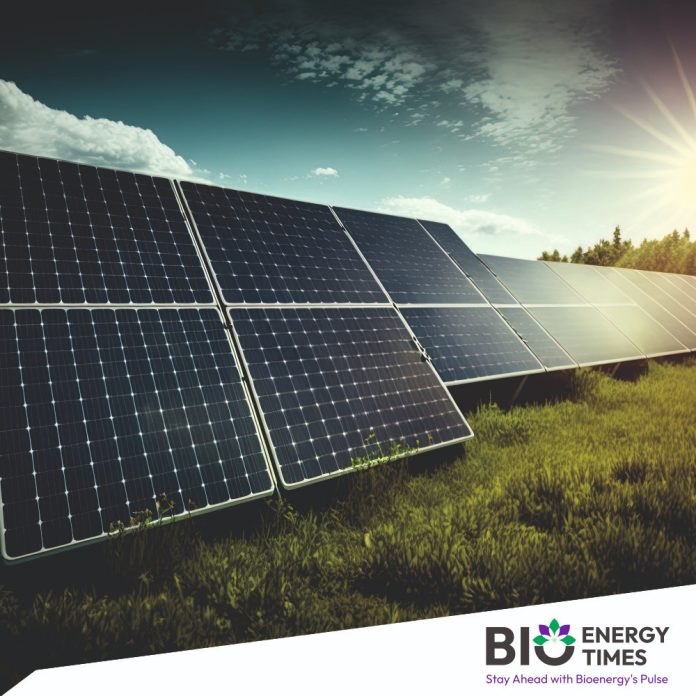India’s solar industry is on track for a possible oversupply scenario, with total installations projected to reach 190 gigawatts (GW) by 2027, according to a recent report by SBI Capital. The report attributes this potential surplus to a shrinking export market, particularly after the United States scaled back incentives for solar projects.
To meet its renewable energy goals, India is expected to add around 40-50 GW of capacity annually in the coming years. This pace of expansion calls for a stable solar module manufacturing capacity of approximately 100 GW.
Over the last two years, India’s solar module manufacturing has seen substantial growth, now nearing the 100 GW mark. This progress has been supported by government initiatives such as the Production Linked Incentive (PLI) scheme and the Approved List of Models and Manufacturers (ALMM), along with favorable global policy trends. The sector also experienced a notable 60% year-on-year increase in installations in FY25, reaching 24 GW, which pushed demand for modules to an estimated 50 GWdc.
However, the report notes that upstream manufacturing still faces hurdles. While module production is relatively advanced, the domestic capacity for solar cell manufacturing remains under 30 GW. The upcoming introduction of ALMM-II, effective from August 31, 2025, is expected to bolster growth in this segment. Under the new rule, only projects using solar cells from approved domestic manufacturers will qualify for procurement. This policy will also extend to projects under net metering and open access, creating new opportunities for domestic manufacturers in the commercial and industrial (C&I) segment.
SBI Capital highlights that India’s solar cell manufacturing is poised for significant expansion, moving the country closer to self-reliance in the medium term. In the short term, though, the limited supply of locally produced cells could push up project costs, potentially affecting investor interest in new bids.
Despite these concerns, the report points out that clarity regarding deadlines and exemptions for the 100 GW of projects slated for bidding from December 2024 could help ease immediate supply constraints.
The report also draws attention to India’s minimal footprint in wafer and polysilicon production—key components in the solar value chain. Although the country aims to establish 40 GW of wafer production capacity by March 2027, actual progress has been slow. Meanwhile, rising global polysilicon prices have eroded margins for international manufacturers that lack full integration.
In this context, the report underscores the importance of India’s PLI scheme, which is designed to support end-to-end manufacturing—from polysilicon to modules—helping to strengthen the country’s solar manufacturing ecosystem.














